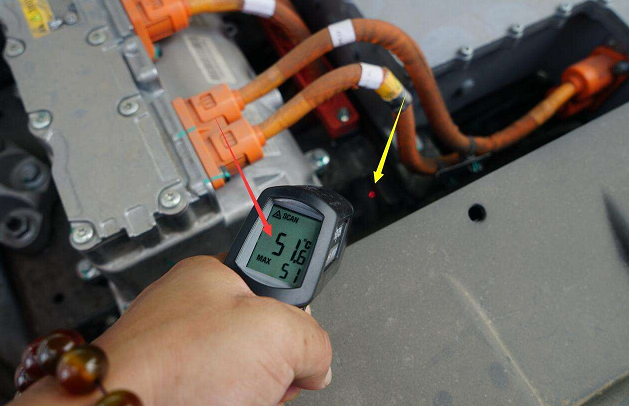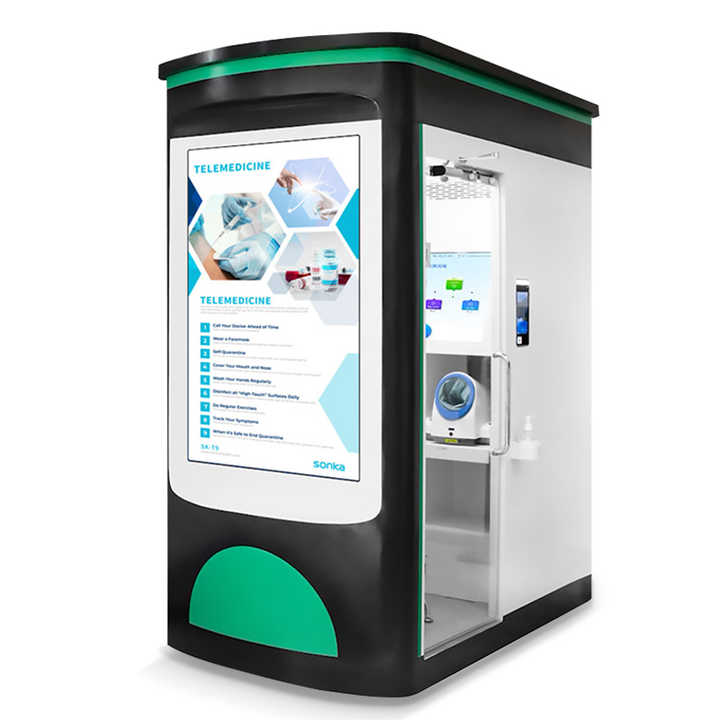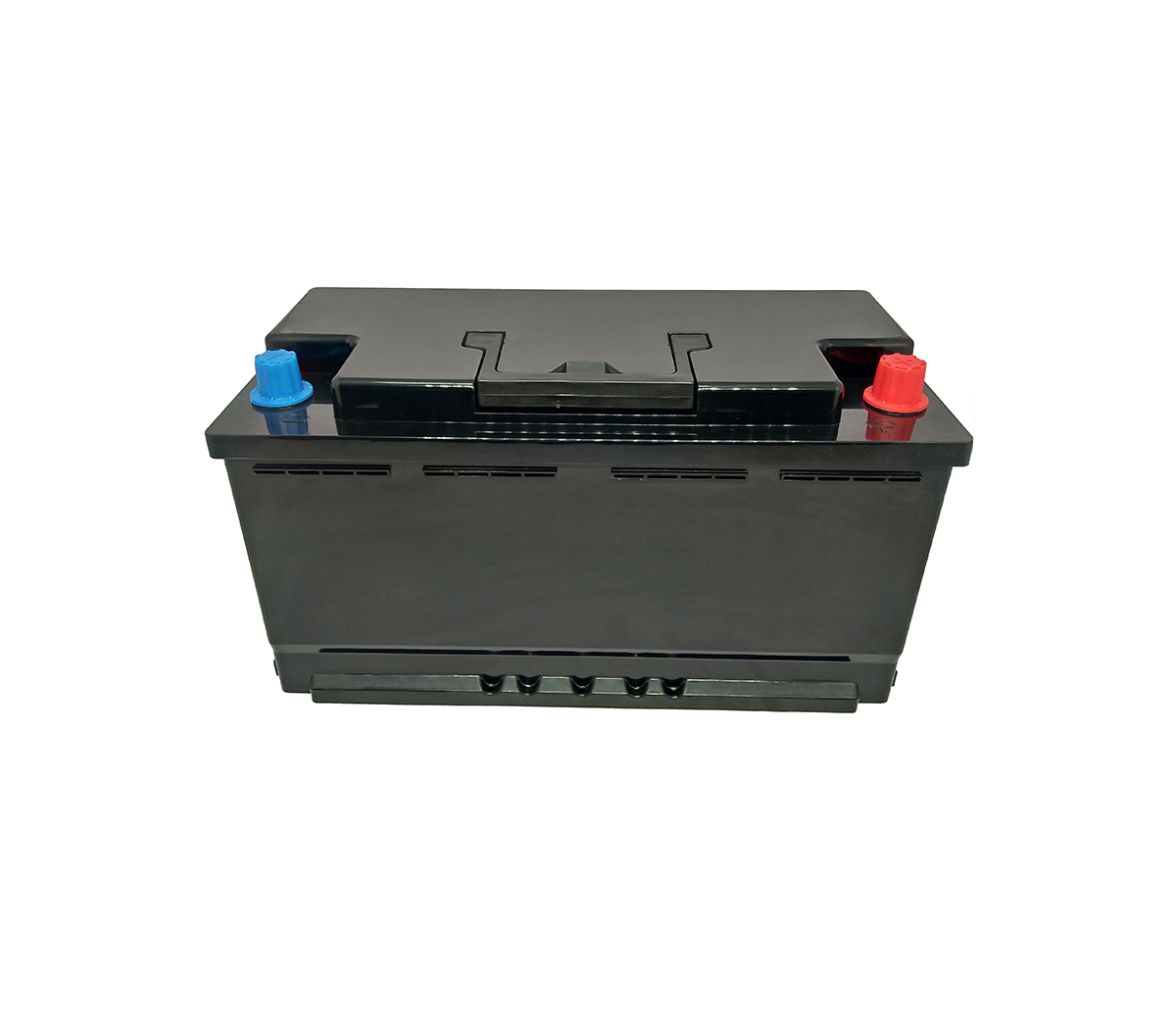Changes in the cooling method of the energy storage system: comprehensively
transforming the theoretical life of lithium batteries into real life
With the increasing global demand for clean energy, energy storage systems
have become a key link in ensuring the large-scale development of clean energy
and the safe and economic operation of power grids. With the continuous
introduction of favorable policies for the energy storage industry by various
governments, energy storage has become an important means to solve the energy
transformation.

The energy storage industry has entered a period of rapid development, and
SES Power has also carried out research and development and layout in this field
early. According to our experience, safety is the core issue of energy storage
power stations, and thermal management is an important guarantee for energy
storage safety!
Although the requirements of various international standards for thermal
management systems are relatively vague, we can draw some inclinations from the
self-requirements of some industry leaders; the wider application of large cells
in energy storage systems leads us to put forward higher requirements.
Among the major mainstream technologies of thermal management, SES Power
judges that by the second half of this year, the liquid cooling technology route
will gradually surpass the air cooling route and occupy the mainstream in the
market; from the perspective of the competitive landscape, the industry leaders
with a huge market share will gradually dominate In the thermal management
market, the industry will gradually form its own internal industry
standards.
A: The penetration rate of the liquid cooling solution will increase
As more and more projects require energy storage for new clean energy power
generation projects, such as photovoltaic power generation, wind power
generation, etc., this greatly increases the market demand for energy storage.
Battery thermal management is critical to the longevity and operational safety
of batteries, especially lithium-ion batteries. At present, many companies have
deployed thermal management products for energy storage systems. Most of them
start from their own product technology, and both air-cooled and liquid-cooled
technical routes are carried out simultaneously.
Large-scale projects require the capacity of lithium battery cells to be
greater than 200Ah, and even require a single cell capacity of 280Ah, which puts
forward higher requirements for thermal management systems. The first is the
life of the cell, and the second is the consistency of the cell. These two links
are very important and are the key points. If the thermal management system is
planned reasonably, the risk of system safety can be greatly reduced.
The cooling methods of the temperature control system of the energy storage
system mainly include air cooling, liquid cooling, heat pipe cooling, phase
change cooling, etc. Among them, air cooling has the advantages of simple
solution structure, flexible application, and low maintenance cost, but at the
same time, due to the low specific heat capacity and low thermal conductivity of
air, it is easy to generate dust accumulation, and air cooling is generally used
in low-power scenarios. Liquid cooling is a thermal management of the system in
the form of coolant, liquid flow channels, and liquid coolers. Its advantages
are good cooling effect, fast response speed, and easy modular control
management. It can be used in different scenarios. Longer service life. Of
course, liquid cooling systems are more complex and expensive.
At present, the top technology manufacturers in the market, such as CATL,
BYD, EVE Lithium Energy, and Sunshine Energy, are promoting liquid cooling as a
key product this year. Judging from the current trends in the bidding of energy
storage projects in various countries, almost all of them have more and more
stringent requirements for battery life. Therefore, 100% of the solutions
proposed by these industry leaders are liquid-cooled, and the air-cooled
solutions have been completely abandoned by them. However, in some projects that
require relatively low battery life and are particularly concerned about cost,
these companies will still use air-cooled solutions for cost control.
SES Power believes that in the future, with the improvement of energy
storage energy and charging and discharging rate, the proportion of liquid
cooling will gradually increase. In the second half of this year, the liquid
cooling technology route will gradually surpass the air cooling route and occupy
the mainstream in the market. From the current point of view, the market share
of liquid cooling and air cooling is expected to be about 6:4.
B: Industry leaders will dominate the thermal management market
The main energy storage element of many energy storage systems is the
battery, especially the lithium iron phosphate battery pack. The liquid cooling
system of the battery pack mainly includes liquid cooling controllers,
pipelines, quick connectors and other components. Generally, downstream energy
storage system integrators purchase components and perform final assembly.
Judging from the current industry development trend, battery manufacturers
will be the biggest beneficiaries of liquid cooling systems because they have a
deeper understanding of batteries. For example, like the CATL, because its
battery life is relatively long, it can be done nearly 10,000 times. Combined
with its own liquid cooling technology, and the consistency and quality of the
battery are relatively good, the life of the energy storage system can be
achieved. Close to 8000 times, which is almost the full theoretical life of all
batteries.
Such a situation is very beneficial to improve the long-term economics of
the energy storage system, because the energy storage system is based on the
real end life as the basis for calculating the cost.
SES Power believes that the ecology of the energy storage system is
relatively clear. It should be said that the entire energy storage field is
dominated by integrators, and integrators cut in from several fields. Weiwei,
they supply the core components with the battery as the core, and carry out the
overall design of the battery system.
Others cut into the field of battery energy storage systems by providing
core components, such as Sungrow and Huawei. In the end, these companies provide
terminal brands and products.
Therefore, we hardly see a company specializing in thermal management of
battery systems in the market. It can be said that the integrators themselves
conduct a leading design of the entire system, and then go down to find
suppliers of related components.
C: Technology will bring profits
One thing we cannot ignore is that although the liquid cooling system will
increase the cost, it will ultimately increase the overall gross profit margin
of the energy storage system. The reason is simple, advanced technology will
always bring good gross margin. Regarding the profit composition of each link of
energy storage, if you look at the gross profit rate, the current BMS system is
the highest, and the gross profit rate can be about 30-40%. However, from the
perspective of cost structure, the proportion of cells in the energy storage
system must be the largest. Choosing the correct cooling system will improve the
competitiveness of the cells, which will ultimately be reflected in the
price.
SES Power is a professional supplier with nearly 20 years of experience in
the lithium battery industry. Our energy storage products, such as 12V100Ah,
12V200Ah, 24V100Ah, 24V200Ah, 36V100Ah, 48V50Ah, 48V100Ah using square
aluminum-shell lithium batteries, are suitable for home energy storage. System
HESS (3KW inverter output), in many cases, a temperature control system will be
added according to the actual needs of customers. Of course, there is a cooling
system, but also a heating system. However, in some cases, the temperature
control system cannot be used. Our customized lithium-ion battery can be used in
an environment of -60 degrees and -40 degrees Celsius.
To put it simply, an advanced temperature control system will make better
use of the battery, ultimately forming a win-win for both the manufacturer and
the user.



































